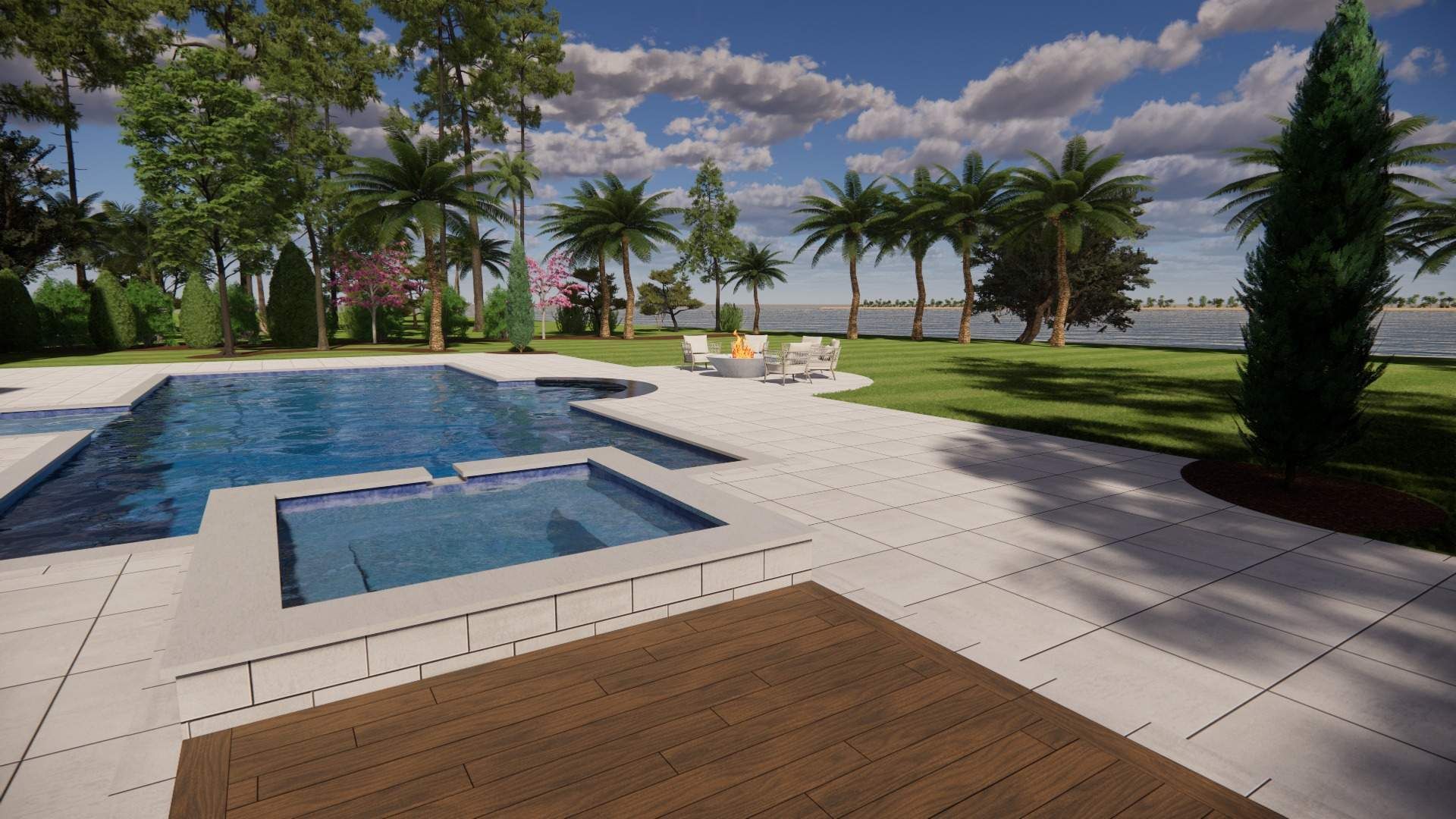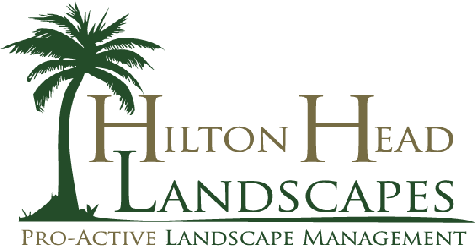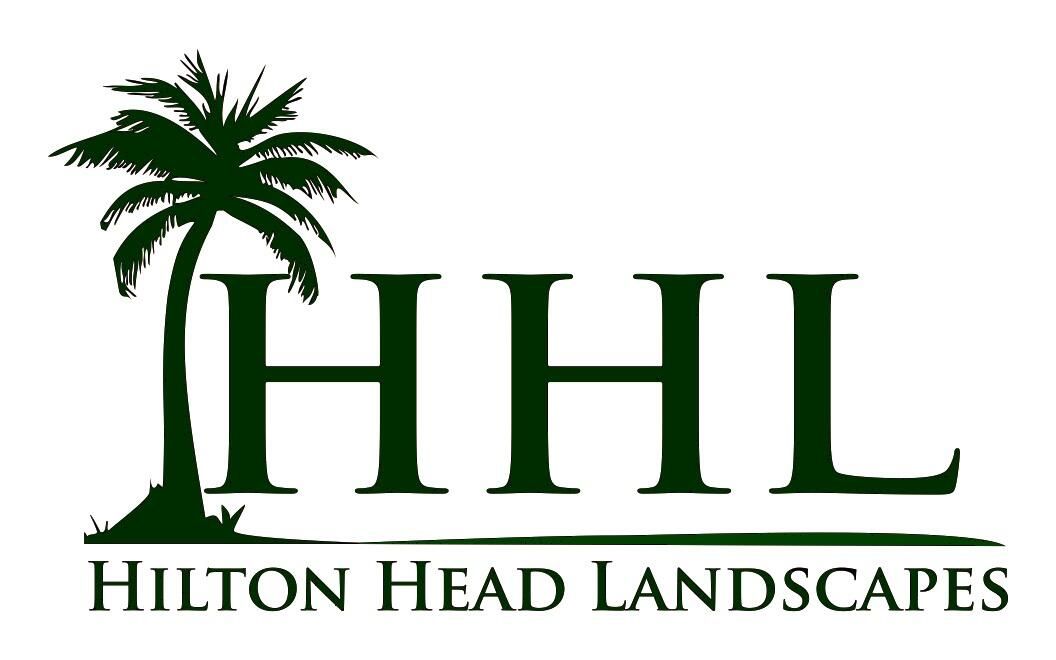Transforming Coastal Erosion Control with Landscaping
This is a subtitle for your new post

Transforming Coastal Erosion Control with Landscaping: 5 Powerful Strategies for Success
Coastal erosion is a big problem that affects many waterfront areas, including Hilton Head Island. This issue happens when wind and waves wear away the land along the shore. Landscaping can play a key role in controlling this erosion. By using plants and other natural materials, you can help protect your property and the environment.
Key Takeaways
- Coastal erosion is caused by natural events and human activities.
- Landscaping can help reduce erosion through plants and barriers.
- Native plants are effective at holding soil and preventing erosion.
- Hardscaping methods like seawalls and rip rap can also help.
- A good plan can protect both your home and the environment.
For more information on effective landscape designs, check out our dedicated page on sustainable landscaping practices.
Understanding Coastal Erosion
Coastal erosion is a natural process. It can occur due to wind, waves, and storms. These forces can gradually remove sand and soil from beaches and shorelines. When this happens, it puts homes, roads, and other structures at risk. In Hilton Head, where many properties are close to the water, this is a serious issue.
Natural Causes
Some of the natural causes of coastal erosion include:
- Waves: Constant wave action can erode the shore over time.
- Wind: Wind carries sand and can wear away rocks and soil.
- Rain: Heavy rain can wash away soil and sand, leading to erosion.
Human Influences
Human activities can make coastal erosion worse. For example:
- Construction: Building close to the shore can disturb natural barriers.
- Deforestation: Removing trees and plants can leave soil exposed.
- Boat traffic: Waves from boats can increase erosion.
Understanding these causes helps in developing a plan to protect your property.
How Landscaping Helps Control Erosion
Landscaping can be a powerful tool in controlling coastal erosion. It can help stabilize the soil and protect the shore. Here are some ways landscaping can help:
Use of Native Plants
Native plants are well-suited for the local climate and soil. They have deep roots that hold the soil in place.
- Grasses: Native grasses grow quickly and form a dense mat. They can absorb water and reduce runoff.
- Shrubs and Trees: These plants provide shade and help slow down wind and water. They also prevent soil from washing away.
Creating Barriers
Landscaping can involve creating barriers to protect against waves and wind. These barriers can be made from natural materials.
- Sand Dunes: Building up sand dunes can protect the shore. They act as a buffer against waves and high tides.
- Vegetated Buffers: A strip of plants between the water and your property can help absorb wave energy and reduce erosion.
Hardscaping Techniques
In addition to plants, hardscaping can also help.
- Seawalls: These are structures built along the shore to protect against waves. They can be made from concrete or stone.
- Rip Rap: This involves placing large rocks along the shore. They break up wave energy and protect the land behind them.
Erosion Causes Natural Causes Human Influences Waves Constant wave action Construction near shore Wind Wind transporting sand Deforestation Rain Heavy rainfall Increased boat traffic A Step-by-Step Approach to Erosion Control
To effectively control coastal erosion, you can follow these steps:
Step 1: Assess the Area
Look at your property. Identify where erosion is happening. Check for signs of soil loss, like exposed roots or sandy patches.
Step 2: Choose the Right Plants
Select plants that are native to Hilton Head. These plants will thrive in the local conditions and provide the best protection.
- Examples: Sea oats, beach elder, and saltmeadow hay.
Step 3: Plan for Barriers
Think about adding natural barriers. This might include planting a row of shrubs or building a sand dune.
Step 4: Consider Hardscaping
If the erosion is severe, you might need hardscaping solutions. Talk to a professional about seawalls or rip rap.
Step 5: Maintain Your Landscape
Regular maintenance is key. Keep an eye on your plants and barriers. Remove any weeds that might take away nutrients from your native plants.
- Additional Tips for Erosion Control:
- Install drainage systems to direct water away from vulnerable areas.
- Use mulch to protect young plants and reduce soil erosion.
- Create terraces on steep slopes to slow down water flow.
The Benefits of Landscaping for Erosion Control
Using landscaping to control erosion has many benefits. Here are just a few:
Protects Property
By stabilizing the soil, you can protect your home from damage. Erosion can lead to costly repairs if left unchecked.
Enhances Beauty
Native plants can create a beautiful landscape. This not only looks good but also attracts wildlife.
Supports the Environment
Healthy landscapes can help improve the local ecosystem. They provide habitats for birds and other animals.
Benefits of Landscaping Description Environmental Impact Soil Stabilization Prevents soil loss and protects structures Reduces sediment runoff Aesthetic Appeal Improves the visual landscape Enhances biodiversity Wildlife Habitat Provides shelter and food for local species Supports ecological balance Case Studies: Successful Erosion Control
While we cannot present specific case studies, there are many examples of successful erosion control in Hilton Head. Homeowners have used native plants and barriers to protect their properties. These methods have proven effective in slowing down erosion.
Before implementing these solutions, consider consulting with professionals who specialize in coastal protection strategies.
Working with Professionals
If you are unsure about how to start, consider working with a landscaping professional. They can assess your property and suggest the best solutions.
- Consultation: Look for companies that offer free consultations. They can provide valuable insights.
- Ongoing Maintenance: Some companies offer maintenance services to keep your landscape healthy.
For those considering landscape designs, explore options that focus on native plants and erosion prevention.
Conclusion
Coastal erosion is a serious issue that affects many waterfront properties. However, with the right landscaping techniques, you can protect your home and the environment. Using native plants and creating barriers can reduce erosion. You can also consider hardscaping methods for more severe cases.
By taking action today, you can help ensure that your property remains safe and beautiful for years to come.
Final Thoughts
In summary, coastal erosion control with landscaping is crucial for property owners on Hilton Head Island. The right plants, barriers, and hardscaping can provide effective solutions. Take the time to assess your property and consider making changes. A well-planned landscape can protect against erosion and enhance the beauty of your outdoor space.
For more information on landscaping services, contact Hilton Head Landscapes today. We are here to help you create a beautiful and safe outdoor environment.


